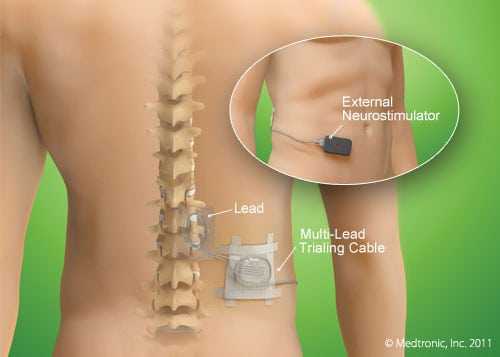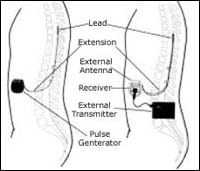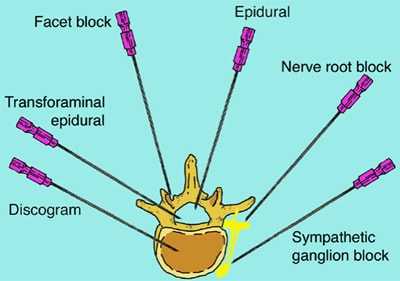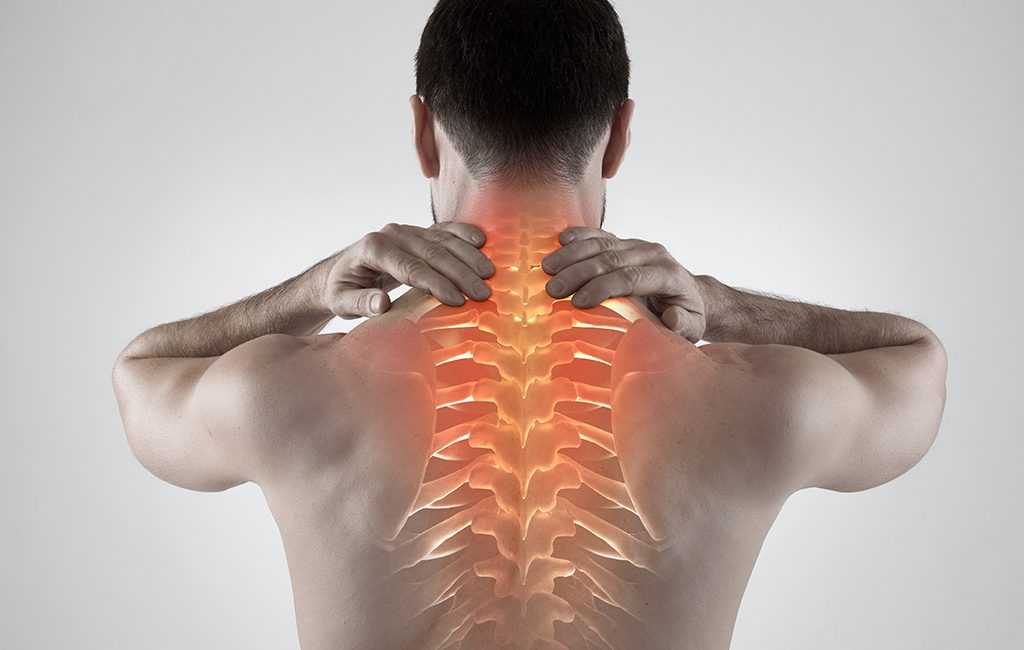Neurostimulation (Pain Pacemaker)

Neurostimulation (Pain Pacemaker)
How does the Medtronic Pain Pacemaker relieve pain?
For the treatment of chronic pain, neurostimulation includes the stimulation of the spinal cord or peripheral nerve by tiny electrical impulses. An implanted lead (a flexible insulated wire), which is powered by an implanted battery or by a receiver, is placed near the spinal cord. This lead and an implanted neurostimulator send electrical impulses that block the pain messages to the brain.
The stimulation can be adjusted in terms of strength and area of coverage via an external programming device. It may be felt as a small bulge under the skin, but does not normally show through clothing

Are you a candidate for Medtronic Pain Therapies?
People with certain kinds of chronic pain may be candidates for neurostimulation therapy. The following criteria are used to determine whether or not neurostimulation is appropriate for chronic pain sufferers:

- More conservative therapies have failed to adequately help the pain.
- An observable pathology exists that is associated with the pain.
- Further traditional surgical intervention is not indicated.
- No serious untreated drug habituation for your pain condition exists.
- Psychological evaluation and clearance for implantation have been received.
- No medical issues exist that would present problems with doing the surgery.
- The screening trial is successful.
- Find a pain specialist in your area
The Pacemaker Screening Trial
In order to have a neurostimulation system implanted, you must first have a successful neurostimulation trial. The trial screening procedure – or test stimulation – consists of a short test stimulation procedure and an evaluation period of several days at home.

- You receive local anesthesia, and then your doctor carefully inserts the lead (a special insulated wire) through a needle in the mid-back.
- During the screening test, the doctor or nurse asks questions about the location and intensity of the stimulation, or tingling sensation. This process continues until they have found the best pain coverage.
- After the lead is inserted, the test period may continue for several days. The screener, which is still attached to the implanted lead, is sent home with you. During this time, you test the system by adjusting the screener to meet your pain management needs.
More Pain Pacemaker Information
There are two types of neurostimulation systems:
Two versions of a fully implanted system with an internal power source.
- The fully non-rechargeable implanted system uses a battery that is implanted beneath the skin.
- A fully implanted system that has a rechargeable battery.
An implanted system with an external power source.
- The externally powered system uses a battery source that is worn outside the body.
- It provides power without the need of a surgical procedure to replace a worn-out power supply.
- The externally powered system requires an antenna to be placed on the skin with an adhesive patch in order to receive stimulation. (The antenna sends a signal from the transmitter to the receiver when placed on the skin over the receiver.)

Your doctor will work with you to help you select the system that is most appropriate for your needs.





